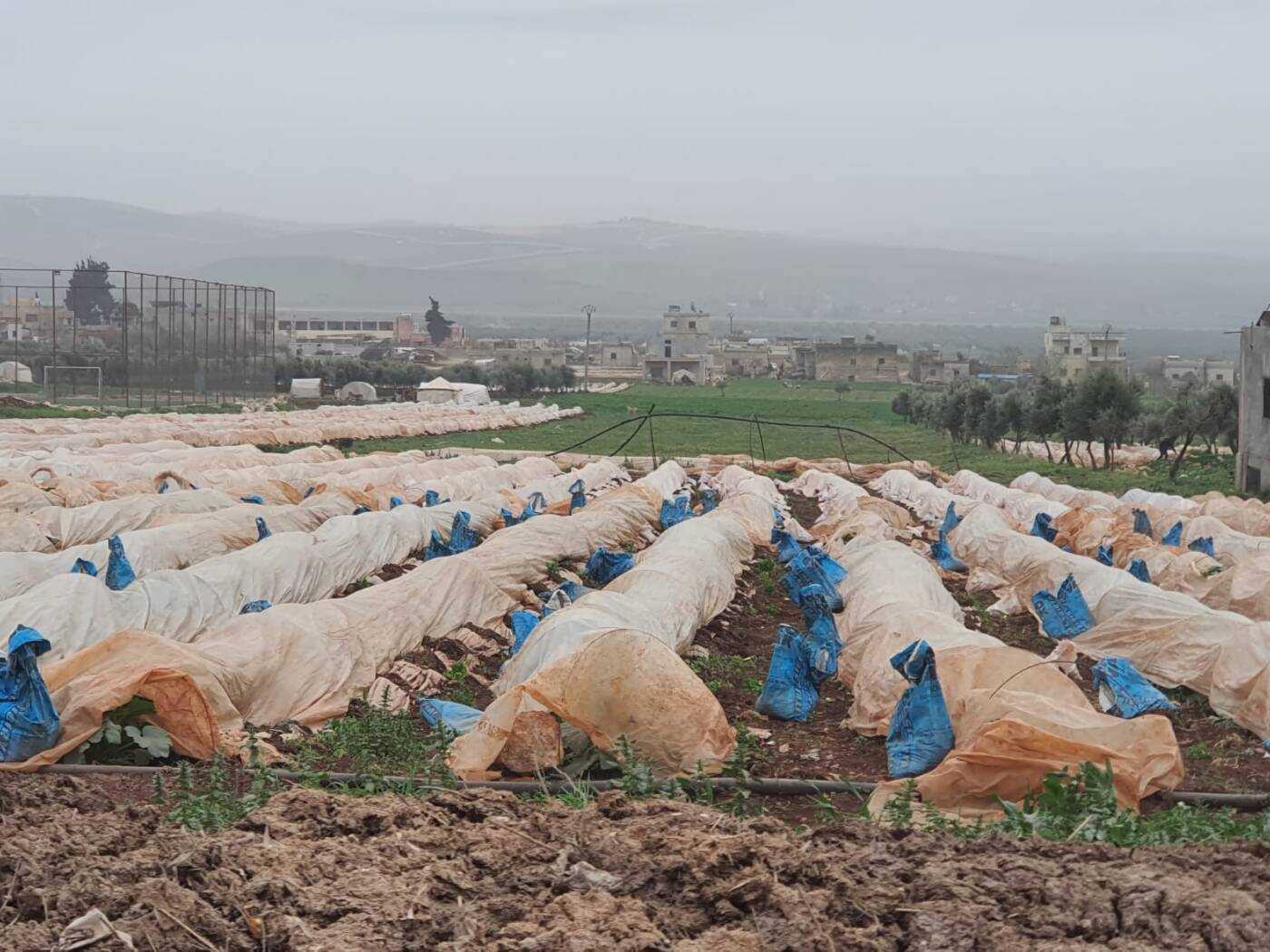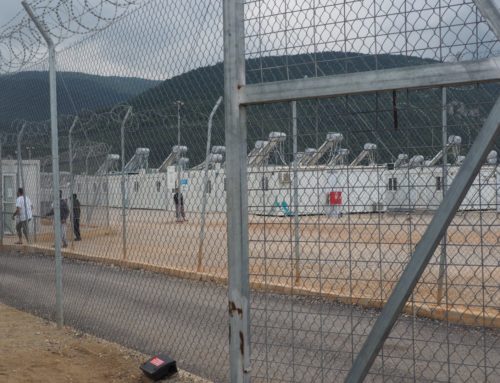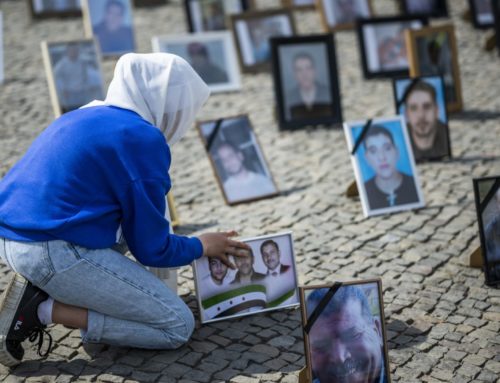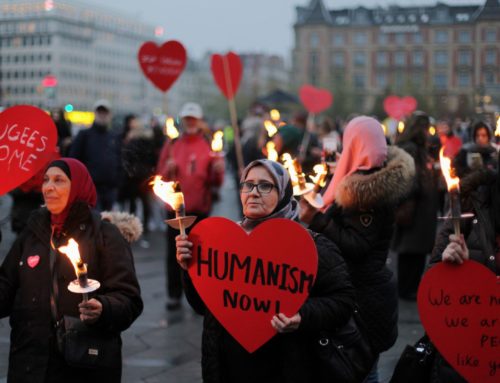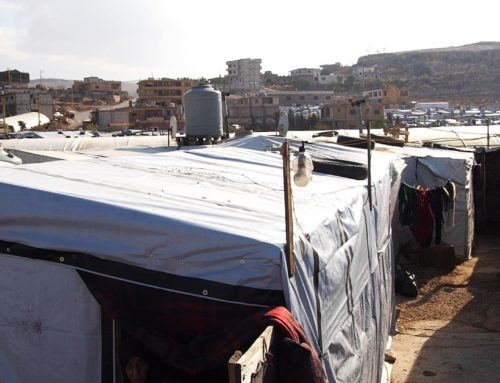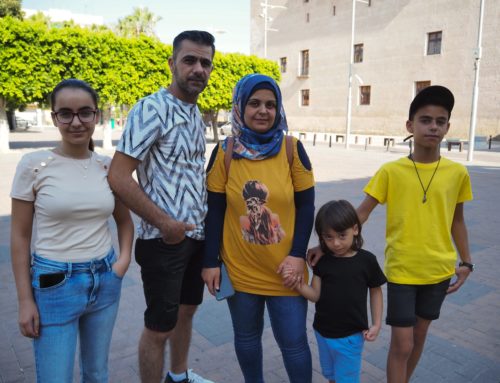In Idlib, farmers start over after a hard frost kills their early crops
An exceptionally hard frost swept across northwestern Syria last month. In its wake, hard-pressed farmers in Idlib are struggling to recoup their losses and replant their fields.
13 April 2022
IDLIB — Hoping to come away with as little loss as possible, farmer Ahmad Abdulaziz is working to reclaim the current growing season by replanting his land in Idlib province with new seeds and seedlings after his first crops were damaged by a wave of frost that struck farmland across northwestern Syria in March.
Abdulaziz, 27, farms five hectares of land in the Hazano area of the northern Idlib countryside. This year, he devoted three hectares to growing tomatoes in plastic tunnels, and two to growing watermelon. But a strong frost last month “wiped out 90 percent of my crop,” planted in February, “the appropriate time to plant these crops annually,” he told Syria Direct.
In all, Abdulaziz, a displaced father of two originally from the village of Kafr Aweid in the southern Idlib countryside, estimates his losses due to the frost at about $6,500. That is, if he is able to “salvage the current season.” If not, the losses could be “double that,” he said, to say nothing of the delayed harvest of the land he is currently replanting. In seasons past, by now “the tunnels would be full of crops, while we are now planting them again,” he said.
Technical teams with the Ministry of Agriculture and Irrigation in the Hayat Tahrir al-Sham (HTS)-backed Salvation Government, which controls opposition-held areas of Idlib province, have estimated that 2,712 hectares of land planted with early summer vegetables were impacted by the March frost. Those crops, which rely on plastic tunnels and greenhouses, were damaged at a rate of 40-90 percent, according to Abdullatif Ghazal, the head of the Ministry’s Department of Agricultural Affairs and Protection.
Some 900 hectares of spring potato crops were damaged “at a high rate, up to 90 percent in some fields,” said Ghazal. Approximately 50 percent of 2,422 hectares of beans were damaged, as well as 30-60 percent of 844 hectares of fruit trees, he added.
Efforts made by farmers in the area to protect their crops from the unusually strong frost—which began in mid-March, with the impact becoming clear towards the end of the month—failed, leaving them with additional expenses “we had not accounted for,” said Abdulaziz. As a result, some have gone into debt to buy agricultural supplies and recoup the current growing season.
Doubled cost
As the current planting season began, farmer Ali Ezzedine (a pseudonym), a 34-year-old displaced from Jabal al-Zawiya in the southern Idlib countryside, borrowed $20,000 to plant four hectares of watermelons. But after the frost damaged 80 percent of his land, Ezzedine had to borrow $10,000 more to “make up for the crops the frost hit, and plant them again,” he told Syria Direct.
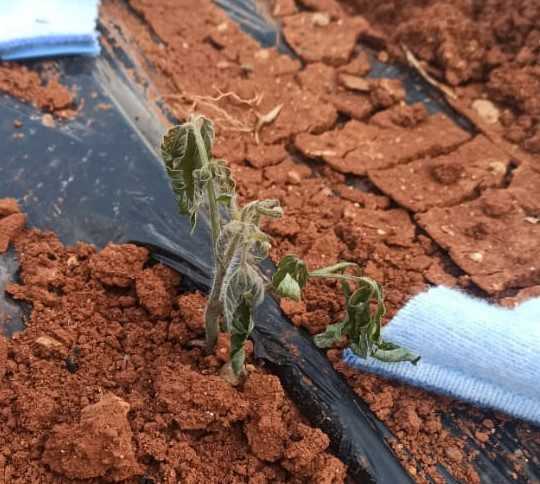
A tomato seedling struck by frost despite a plastic covering, 5/4/2022 (Syria Direct)
Agriculture is Ezzedine’s sole source of income. His profits vary from one season to another, and “peaked last season at $8,000 per hectare,” he said. Now, his biggest concern is “making up for the losses and paying off the debt.”
The cost of planting one hectare of early tomatoes cost Abdulaziz around $8,000, he estimated, while one hectare of watermelons cost about $6,000. Farming “begins with germinating the seeds in special plastic containers, then planting them in the ground and covering them with plastic insulation,” he said, alongside drip irrigation.
The farmer estimated the cost of a single seedling at $1. With 90 percent of his land damaged, Abdulaziz said he would have to pay an additional $15 for every 200 seedlings, bringing the cost of planting “up to approximately $10,000” per hectare, more than 20-40 percent higher than past seasons.
Abdulrahman al-Akhras, a 56-year-old farmer displaced from Sahl al-Ghab in the Hama countryside to Sahl al-Roj in western Idlib, was relatively lucky compared to other farmers. The frost damage to his potato crop, which he plants over three hectares at a cost of $5,000 per hectare, was limited to “burning the plant’s leaves,” he said. “After the temperatures rose, they started to grow again.”
Even so, “the frost will certainly impact the quantity and quality of production,” al-Akhras said. If each hectare does not produce 50 tons, and if each ton is not sold for more than $170-–last season’s price—then “a loss is inevitable.”
Unsuccessful solutions
Farmers in Syria, including Idlib province, usually inherit their agricultural trade from their parents, and exchange methods of dealing with emergencies that could destroy their crops. But in exceptional cases, such as the recent wave of harsh frost that hit the current growing season, these methods may not work.
As the frost began around mid-March, farmers covered their plastic tunnels with an additional layer of insulation or used fabric they bought, said Ezzedine, who bought 500 kilograms of fabric for $150.
They scattered hay inside the tunnels, aiming to maintain a suitable temperature for their crops—at an additional cost: one ton of hay costs $225. The last solution was to cover the seedlings with paper cups. But they were not able to overcome the wave of cold.
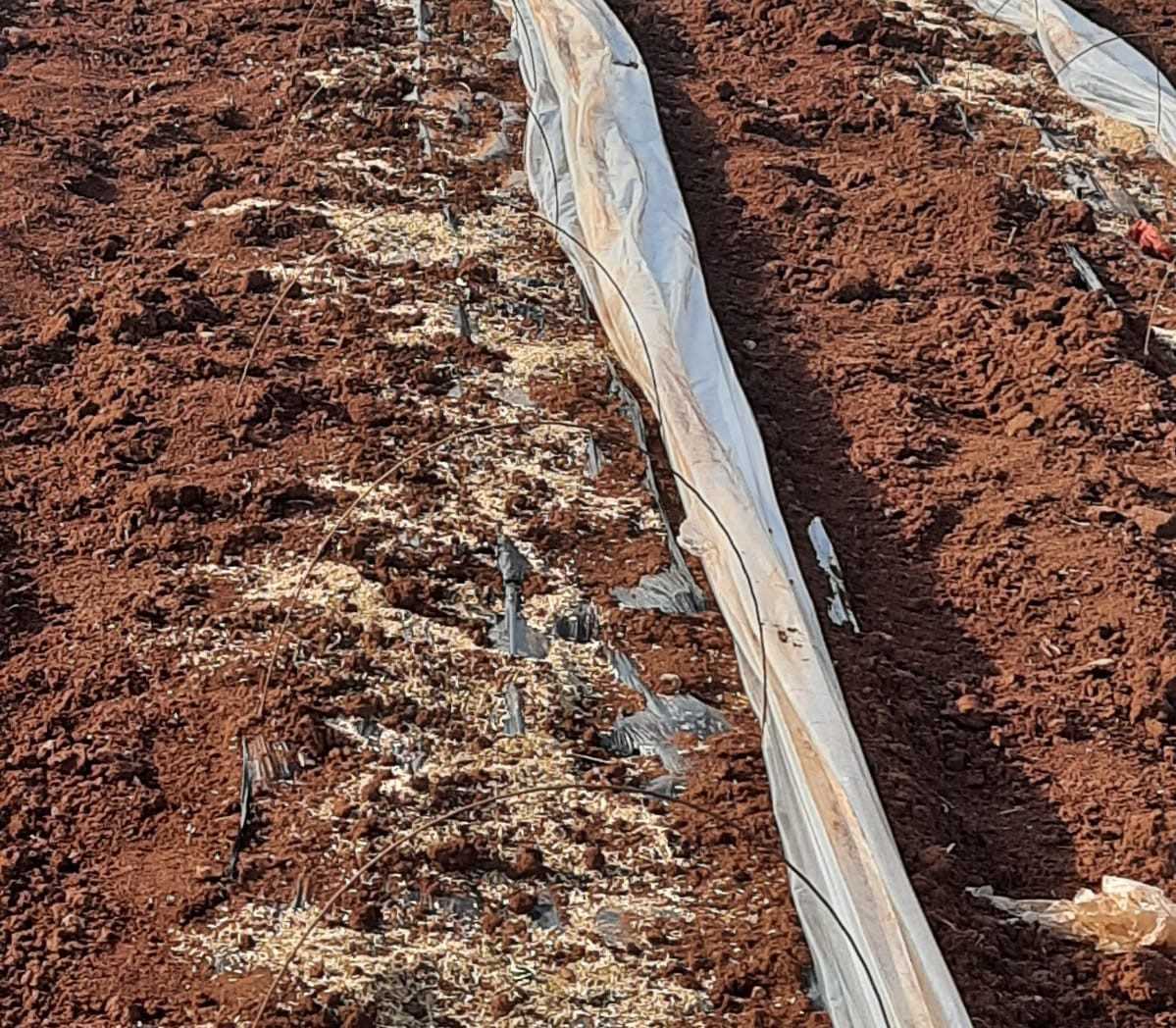
Abdulaziz’s tomato plants were struck by frost although he covered them with hay in an attempt to maintain a suitable temperature, 5/4/2022 (Syria Direct)
Usually, the best solution to protect plantings from the frost is to use water sprinklers, said Ezzedine, but “when farming early crops, this method can’t be used since the crops have to stay inside the plastic tunnels during the second and third month of the season.” Even if sprinklers could be used, “we wouldn’t be able to buy them because of their high cost,” he said.
An unusual season
Syrian social media users jokingly called this past March “the fourth month of December,” as the region was impacted by a depression that led to snowfall and brought a wave of frost to Syria and neighboring countries.
The region was impacted by “a dry polar air mass, centered over Turkey, that brought temperatures down to -4 C,” according to agricultural engineer Anas al-Rahmoun, a climate and environmental research activist in Idlib.
It is not uncommon for waves of frost to take place in the Levant during March and April, but last month’s frost lasted for seven days, which “was an exceptional circumstance,” al-Rahmoun said. As a result, the death of crops such as tomatoes was “certain.” While potatoes and beans may overcome the frost and sprout new growth, they are likely to have “a low yield compared to seasons without frost.”
The possibility of lower crop yields in northwestern Syria due to unusual cold comes amid growing concerns about food security across Syria due to rising food prices and difficult economic conditions.
Faced with this unusual season, personnel at the Salvation Government’s Ministry of Agriculture, across its offices spread throughout Idlib province, have advised farmers to “support vegetables and fruit trees with fertilizers, amino acids, and microelements [iron and zinc sulfates] to get the plants past this stage and make up some part of the production,” according to Ghazal.
But without direct support from the Salvation Government or civil society programs to compensate those impacted, and without cooperatives and agricultural institutions to support them and provide loans, Abdulaziz said “farmers have been left alone.”
This report was originally published in Arabic and translated into English by Mateo Nelson.

